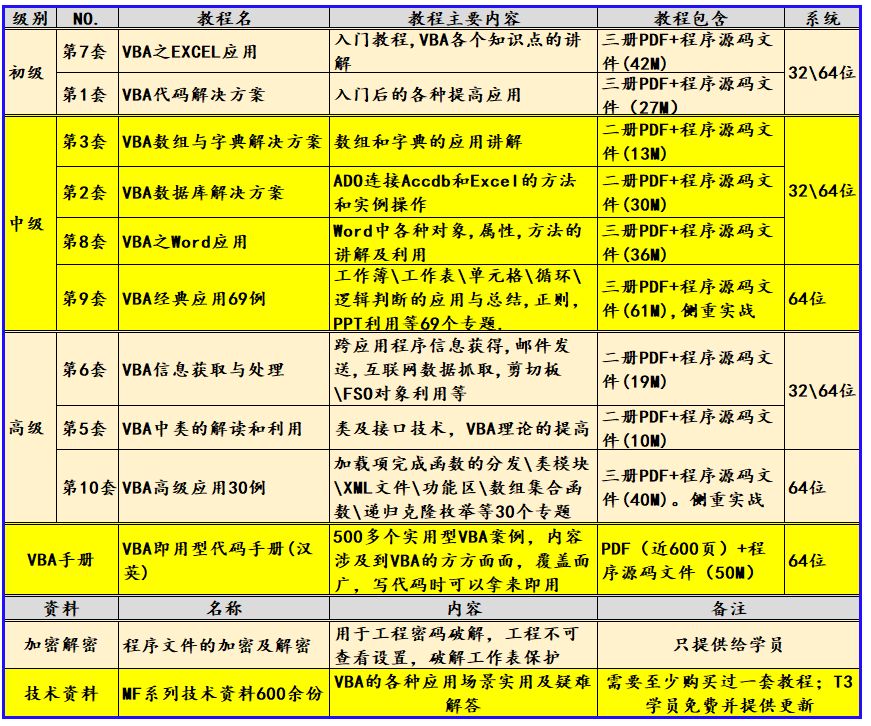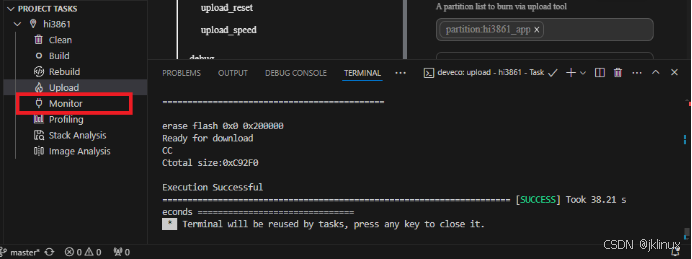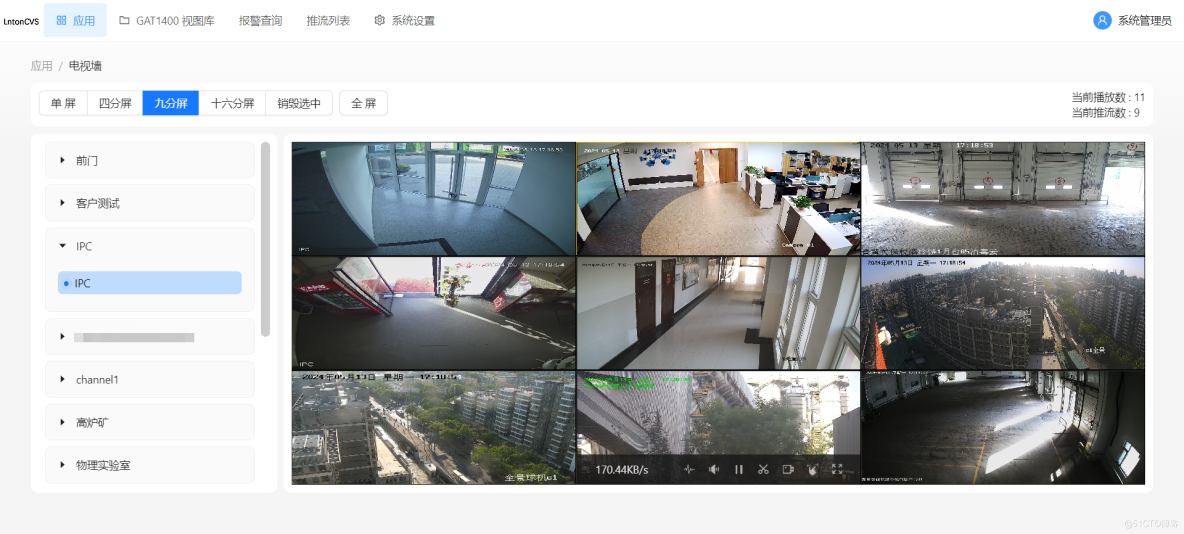链表
链表的概念
链表是一种物理存储结构上非连续的存储结构,数据元素的逻辑顺序是通过链表中的引用链接次序实现的。

通俗来说,相比较于顺序表(物理上连续,逻辑上也连续),链表物理上不一定连续。
链表是由一个一个节点组织起来的,组织起来的整体就叫做链表。
链表的结构非常多样,
1.单向或双向

2.带头或不带头

3.循环或非循环

以上的链表结构可以组成八种链表。
在Java集合框架中的LinkedList底层实现的是无头双向循环链表。
LinkedList模拟实现
1.创建一个无头双向链表,并标志头结点个尾结点。

static class ListNode {public int val;public ListNode prev;//前驱public ListNode next;//后继public ListNode(int val) {this.val = val;}}public ListNode head;//标志头节点public ListNode last;//标志尾结点2.计算双向链表的长度:
从head开始遍历节点到尾结点,并定义一个变量count计数。
public int size(){int count = 0;ListNode cur = head;while (cur != null) {count++;cur = cur.next;}return count;}这里有一个问题,为什么遍历的条件是(cur!=null)?而不是(cur.next!=null)?
我们可以知道,此链表的尾结点next位置存的是null,如果以(cur.next!=null)作为判断条件,
那么当执行完循环中最后一条语句“cur = cur.next;”时,此时由于尾结点的next为空,所以会跳出循环,相当于count少进行了一次计数,那么最终的count值就是错误的。
3.查找是否包含关键字key在链表中
public boolean contains(int key){ListNode cur = head;while (cur != null) {if(cur.val == key) {return true;}cur = cur.next;}return false;}4.头插法
关键步骤:
node.next = head;
head.prev = node;
head = node;

public void addFirst(int data){ListNode node = new ListNode(data);if(head == null) {//是不是第一次插入节点head = last = node;}else {node.next = head;head.prev = node;head = node;}}5.尾插法:
关键步骤:
last.next = node;
node.prev = last;
last = last.next;

public void addLast(int data){ListNode node = new ListNode(data);if(head == null) {//是不是第一次插入节点head = last = node;}else {last.next = node;node.prev = last;last = last.next;}}6.任意位置插入:
关键步骤:
先记录要插入位置上的节点,记为cur,然后直接修改指向
node.next = cur;
cur.prev.next = node;
node.prev = cur.prev;
cur.prev = node;
注意:不能修改代码顺序

public void addIndex(int index,int data){try {checkIndex(index);}catch (IndexNotLegalException e) {e.printStackTrace();}//在0位置插入调用头插法if(index == 0) {addFirst(data);return;}//在尾位置插入调用尾插法if(index == size()) {addLast(data);return;}//1. 找到index位置ListNode cur = findIndex(index);ListNode node = new ListNode(data);//2、开始绑定节点node.next = cur;cur.prev.next = node;node.prev = cur.prev;cur.prev = node;}private ListNode findIndex(int index) {ListNode cur = head;while (index != 0) {cur = cur.next;index--;}return cur;}private void checkIndex(int index) {if(index < 0 || index > size()) {throw new IndexNotLegalException("双向链表插入index位置不合法: "+index);}}7.删除第一次出现关键字为key的节点
关键步骤:
(1)修改前驱指针的next,跳过cur
cur.prev.next = cur.next;
(2)修改下一个指针的前驱,跳过cur
cur.next.prev = cur.prev;

public void remove(int key){ListNode cur = head;while (cur != null) {if(cur.val == key) {//开始删除 处理头节点if(cur == head) {head = head.next;if(head != null) {head.prev = null;}else {//head == null 证明只有1个节点last = null;}}else {cur.prev.next = cur.next;if(cur.next == null) {//处理尾巴节点last = last.prev;}else {cur.next.prev = cur.prev;}}return;//删完一个就走}cur = cur.next;}}8.删除所有值为key的节点
与上一个方法类似,区别是上一个方法删一个之后就退出。
public void removeAllKey(int key){ListNode cur = head;while (cur != null) {if(cur.val == key) {//开始删除 处理头节点if(cur == head) {head = head.next;if(head != null) {head.prev = null;}else {//head == null 证明只有1个节点last = null;}}else {cur.prev.next = cur.next;if(cur.next == null) {//处理尾巴节点last = last.prev;}else {cur.next.prev = cur.prev;}}}cur = cur.next;}9.清空链表
public void clear(){ListNode cur = head;while (cur != null) {ListNode curN = cur.next;//cur.val = null;cur.prev = null;cur.next = null;cur = curN;}head = last = null;}LinkedList
什么是LinkedList?
LinkedList的底层是双向链表结构,由于链表没有将元素存储在连续的空间中,元素存储在单独的节 点中,然后通过引用将节点连接起来了,因此在在任意位置插入或者删除元素时,不需要搬移元素,效率比较高。


LinkedList实现了List接口。
LinkedList没有实现RandomAccess接口,因此不支持随机访问。
LinkedList的任意位置插入和删除元素时效率比较高,时间复杂度为O(1)
LinkedList的构造
| 方法 | 解释 |
| LinkedList() | 无参构造 |
| public LinkedList(Collection<? extends E> c) | 使用其他集合容器中元素构造list |
public static void main(String[] args){ //构造一个空的LinkedListList<Integer> list1 = new LinkedList<>();List<String> list2 = new java.util.ArrayList<>();list2.add("JavaSE");list2.add("JavaWeb");list2.add("JavaEE");//使用ArrayList构造LinkedListList<String> list3 = new LinkedList<>(list2);
}LinkedList其他常用方法介绍
| 方法 | 解释 |
| boolean add(E e) | 尾插 e |
| void add(int index, E element) | 将 e 插入到 index 位置 |
| boolean addAll(Collection<? extends E> c) | 尾插 c 中的元素 |
| E remove(int index) | 删除 index 位置元素 |
| boolean remove(Object o) | 删除遇到的第一个 o |
| E get(int index) | 获取下标 index 位置元素 |
| E set(int index, E element) | 将下标 index 位置元素设置为 element |
| void clear() | 清空 |
| boolean contains(Object o) | 判断 o 是否在线性表中 |
| int indexOf(Object o) | 返回第一个 o 所在下标 |
| int lastIndexOf(Object o) | 返回最后一个 o 的下标 |
| List<E> subList(int fromIndex, int toIndex) | 截取部分 list |



















